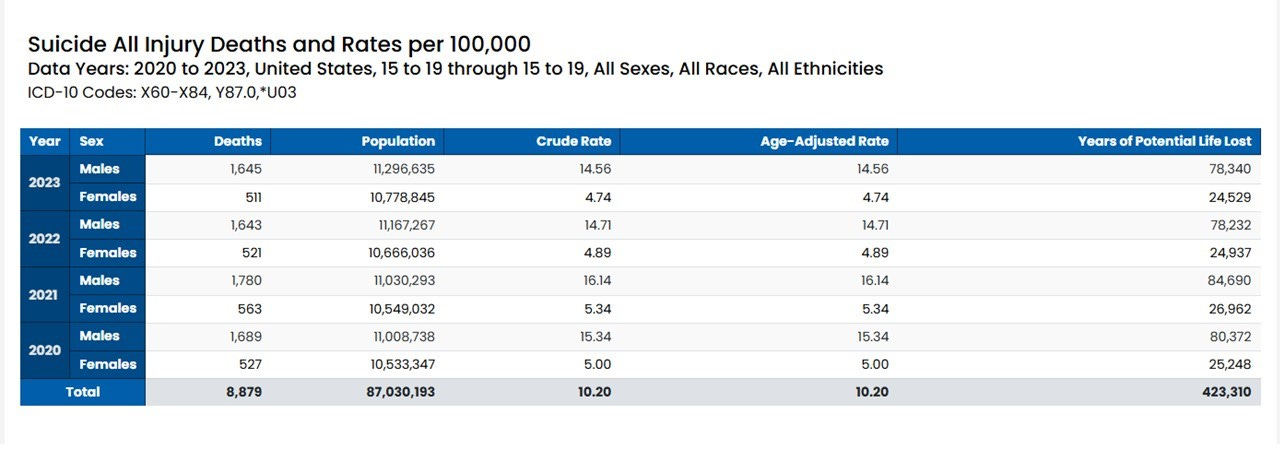Sea Lions Like Smartphones (So Relax)
An update from the social media technopanic culture wars...
This week was spring break and I spent one day at Sea World. During their sea lion show, which was adorable, one of the trainers pretended to be kind of a ditz, always on her smartphone, talking about selfies and hashtags for much of the show. It was a cute quip on the new reality that many young people habitually love their phones and that’s not going away. I’ve seen several such examples of this on television shows (Ted Danson’s Inside Man for instance): kids tethered to their phones, but this being treated in a lighthearted sense. Sure, the adults are baffled by this, but the kids are clearly alright.
I remember this a bit with video games too. Slowly society shifts from panic to a kind of amused resignation, gradually acknowledging maybe this whole new technology thing isn’t such a big deal as we thought. We gradually make our way, as Dungeons and Dragons did, from the earnest panic of Mazes and Monsters to Stranger Things. I’ve yet to see a moral panic come back from that. We’re not going to see the politicians advancing useless bills retreat anytime soon. But it’s a sign the panic is fading. After all, Sea World isn’t going to have a skit about a charmingly heroin-addicted sea lion trainer anytime soon.
In other news:
The CDC released 2023 data on suicide on their WISQARS database. The fantastic news, whatever side of these debates you’re on, is that teen suicide continued its decline in 2023. That’s probably not a huge surprise as the CDC had already indicated teen mental health improved in the same timeframe. It’s important to bookmark that these declines began before policymakers instituted any social media bans for youth or cellphone bans in schools. Whatever side of these issues we’re on, surely we can join on this: this is a great trend and let’s hope it continues.
A new meta-analysis of social media time reduction experiments confirmed that, taking these studies at face value, reducing social media time does not improve mental wellness. This is a conceptual replication of my own meta-analysis from last year so, sure, I’m taking a small victory roll. Now, to be sure, there are many limitations to these studies that I’d argue render them largely unsuitable in the first place to answer causal questions. But a few years ago people were eagerly pointing to them as evidence for causal social media effects. It appears that, even taken at face value, they were never able to support such claims.
A new study by Michael Scheeringa has found that youth self-reports of mental health symptoms tend to be highly unreliable with false positives being common. As Dr. Scheeringa himself noted, this is bad news for the social media panic and those who relied heavily on self-report trendlines to support the idea there was a mental health crisis in recent years among teens. I’d often pointed out that youth suicide trends did not support any kind of social media effect. Sometimes people would ask about self-report trends. I typically responded that youth self-report is often unreliable, and now we have some good evidence of that.
The Department of Media and Communications at the London School of Economics released a statement opposing social media and smartphone bans for minors. They noted that evidence for such bans are inconsistent at best, and may violate minors’ human rights. This is a pretty sober group, not given to hyperbole on either side.
I’m sure I’m missing some other things, but I think that’s the wrap up for this week.





